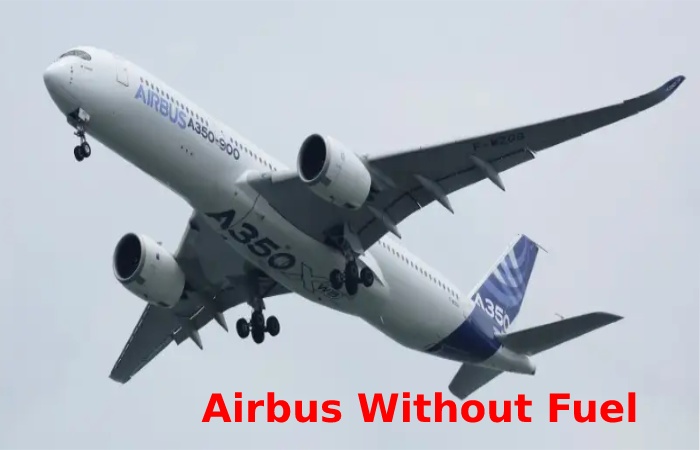Table of Contents
Introduction
Aerospace technology is related to manufacturing, operating, and recovering objects or life forms from space. Standard technologies, such as weather predicting, remote sensing, GPS systems, cable television, and long-distance communications systems, depend critically on space infrastructure. Of the sciences, astronomy and Earth sciences benefit most notably from space technology.
Computers and telemetry were once cutting-edge technologies that could have been considered aerospace technology .due to their importance to thrusters and spacecraft. They existed before the Cold War Space Race, but their development was greatly accelerated to meet the needs of the space programs of the two great superpowers.
1. Airbus Without Fuel

The idea of a fuel-less airbus has recently gained much traction in both the civil and commercial sectors. The argument can be used in agriculture, aerial photography, 3D mapping, wildlife protection, and Internet access in remote locations. But how does it work?
The recent surge of interest has pressured the global aerospace and defense industries to create a long-term development strategy for the zero-fuel aircraft idea and drive market growth.
2. Structural Health Monitoring
Advanced health management systems such as monitoring, forecasting, and self-healing can be develop to improve our ability to analyze and determine the condition of an aircraft. This technology has already been use by Boeing and Airbus and was previously use aboard an Air France plane that crash in 2009 to notify headquarters of electrical problems.
3. Advanced Space Propulsion Technologies
A new plasma-based rocket force technology known as the VASIMR® (Variable Specific Impulse Magnetoplasma Rocket) rocket has been an improvement by NASA, along with the Department of Energy and Oak Ridge National Laboratory, for several years. . This new technology is predictable to reduce fuel depletion and enable long-term space operations in the prospect.
Although both NASA and the engineer increasing the VASIMR propulsion structure have recently faced criticism, new advances have been made that point to an imminent payoff.
4. Advanced Materials
Advances in materials science have hinted at enormous benefits for aircraft manufacturers. New resources like graphene and carbon nanotubes make aircraft wings more efficient by reducing weight and fuel consumption.
Using these new materials, scientists at MIT and NASA have developed a “morphing” wing that could also lead to more effective manufacturing processes due to a system of tiny, lightweight subunits assembled by small, specialized robots.
5. Smart Automation and Blockchain
The manufacture of aircraft parts is a highly specialize and challenging process. However, new technologies and techniques are making it faster and easier. Take, for example, the Airbus “factory of the future.” Technicians can scan the metal surface with a smart glass or tablet and determine the correct size bolt to use and how much torque is require. Based on this information, a robotic arm will do the job.
Aerospace and defense companies are also initial to explore the digital realm. Technologies like blockchain are helping to improve transparency and automate transactions between supply chain partners.
6. 3D Printing
Companies that have struggled to meet production deadlines have turned to 3D printing as a solution in recent years. Take Airbus, for example. This company has started using 3D printing for manufacturing more than 1,000 different parts for its A350, and this trend is expect to continue to grow.
